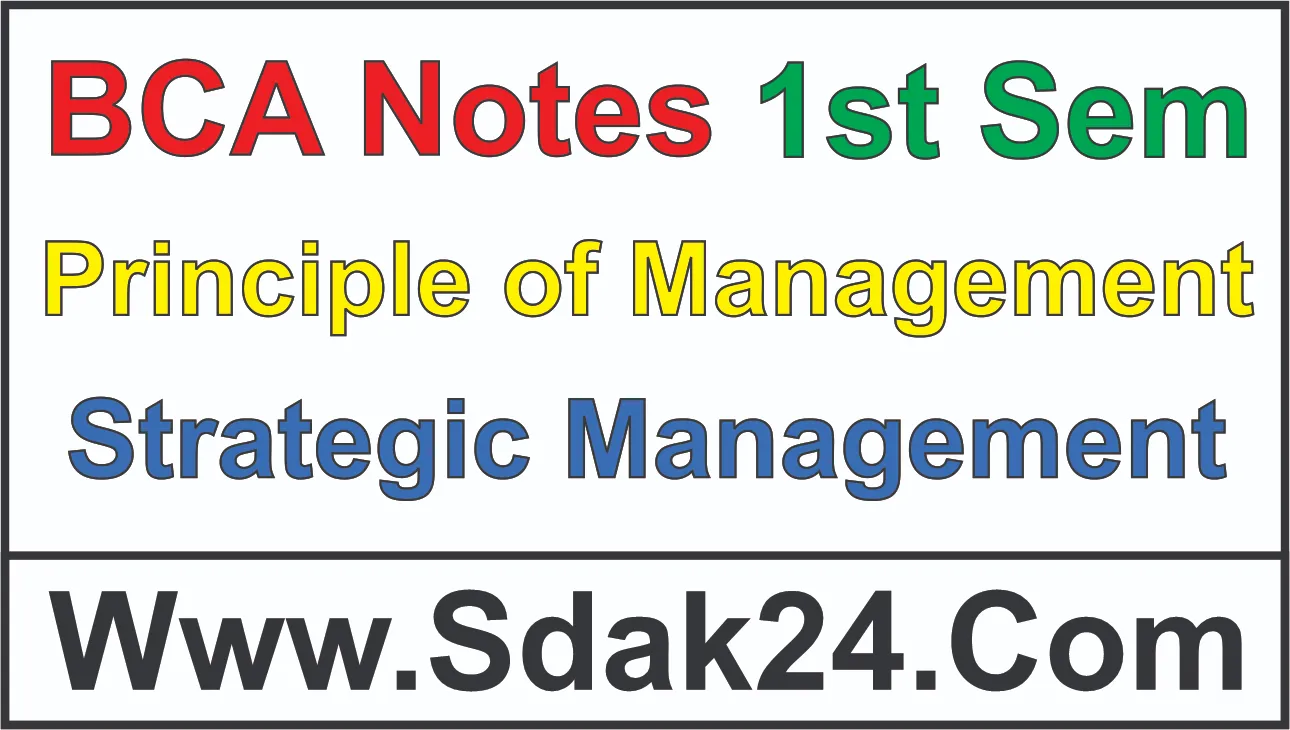Strategic Management BCA Notes
Strategic Management BCA Notes: –
This article contains BCA Principle of Management Subject Unit 5 Strategic Management part-II BCA Notes. this is very helpful for BCA students. please share this article with your all friends and all groups. and all notes are available on this website.













Related Links: –
Unit 1 Nature of Management
Unit 2 Evolution of Management Thought
Unit 3 Functions of Management: Part-I
Unit 4 Functions of Management: Part-II
Unit 5 Management of Change

|
|
|||
 |
|||